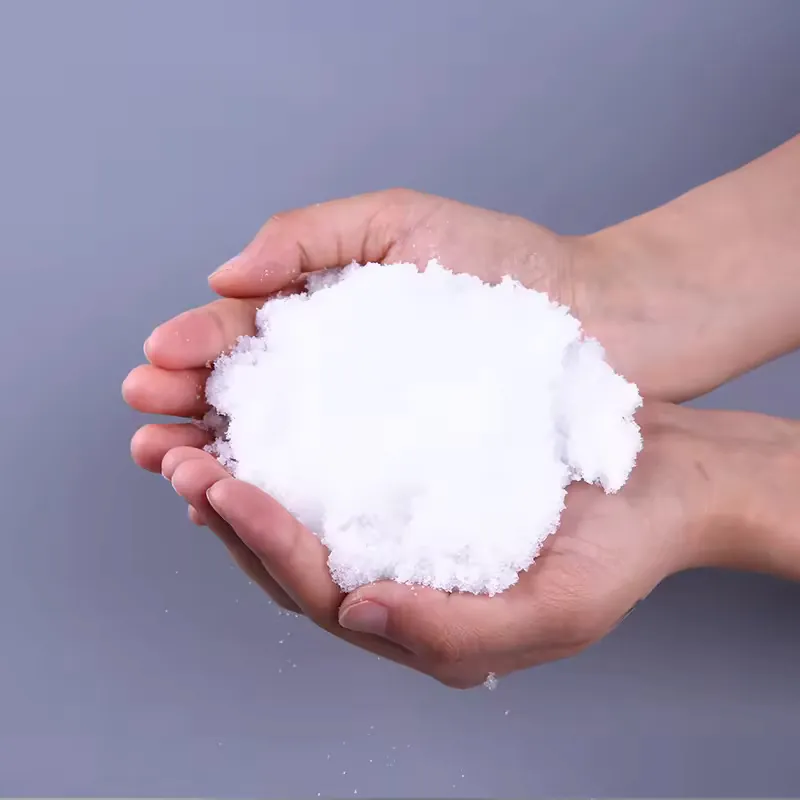Ever noticed how droplets of water sit like little domes on wax paper, rather than soaking in or spreading out? This curious behavior is a perfect example of surface tension in action—and understanding how does water bead up on wax paper reveals not only fascinating science, but also how innovative companies like Demi are applying similar principles in real-world products like water beads.
The Role of Surface Tension and Hydrophobicity
The phenomenon of water beading is due to two main factors: surface tension and the nature of the surface itself. Water molecules are highly cohesive—they stick to each other because of hydrogen bonding. This creates surface tension, which pulls the molecules into the smallest possible surface area: a bead or dome.
Wax paper, on the other hand, is coated with a thin layer of wax, making it hydrophobic, or water-repelling. When water hits this surface, it can’t spread out. Instead, the water molecules cling tightly together and form rounded droplets, appearing as if they are sitting on top of the paper. The wax prevents absorption and reduces the adhesion between the water and the paper.
Real-World Applications in Superabsorbent Technology
This principle isn’t just for science class—it plays a role in many everyday and industrial products. Demi, a leading provider of water-absorbing technologies, has mastered the control of liquid behavior in diverse applications. Their water beads, for instance, are designed to absorb large amounts of water while maintaining structural integrity, making them ideal for agriculture, floral arrangements, and packaging.
Unlike wax paper, which repels water, Demi’s water beads use superabsorbent polymers to attract and hold moisture. It’s the inverse of beading behavior: instead of resisting, the beads soak up water and swell, demonstrating another way science and surface chemistry can be harnessed.
Innovation Inspired by Nature
This principle isn’t just for science class—it plays a role in many everyday and industrial products. Demi, a leading provider of water-absorbing technologies, their water beads, for instance, are designed to absorb large amounts of water while maintaining structural integrity, making them ideal for agriculture, floral arrangements, and packaging.


